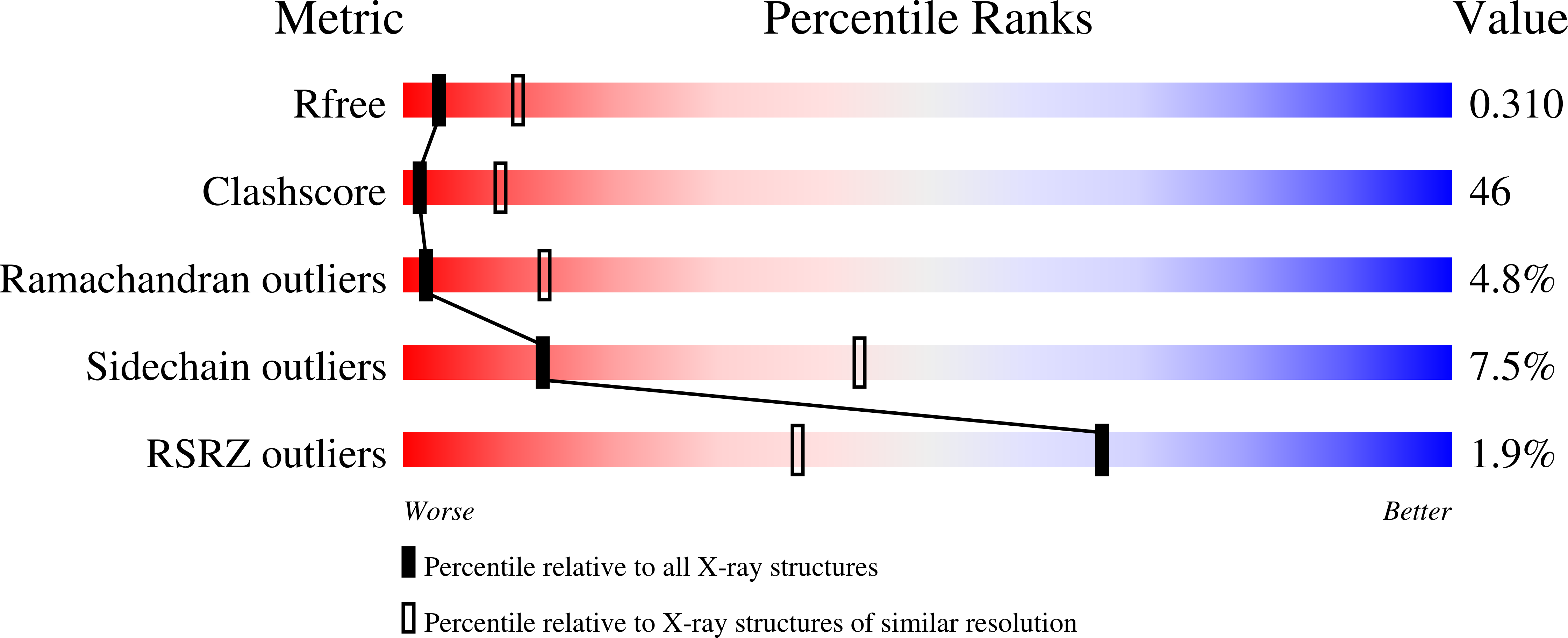
Deposition Date
2004-09-07
Release Date
2005-03-22
Last Version Date
2023-08-23
Entry Detail
PDB ID:
1XDM
Keywords:
Title:
Structure of human aldolase B associated with hereditary fructose intolerance (A149P), at 291K
Biological Source:
Source Organism:
Homo sapiens (Taxon ID: 9606)
Host Organism:
Method Details:
Experimental Method:
Resolution:
3.00 Å
R-Value Free:
0.31
R-Value Work:
0.27
R-Value Observed:
0.27
Space Group:
P 21 21 2


